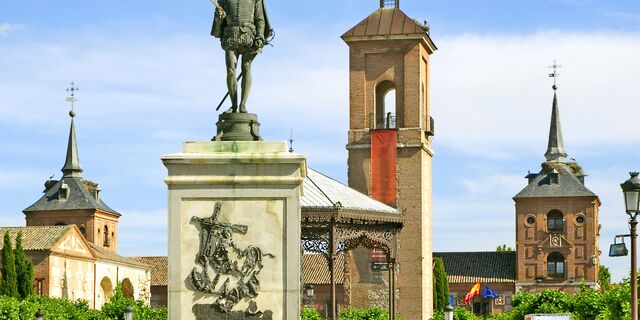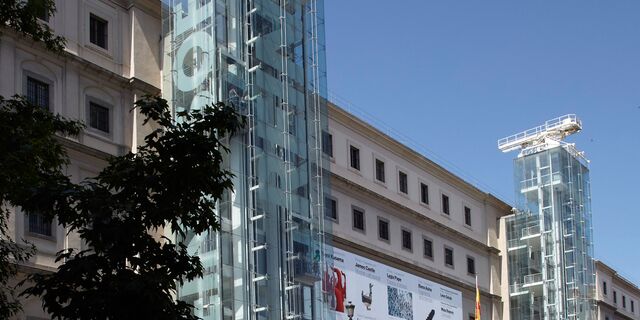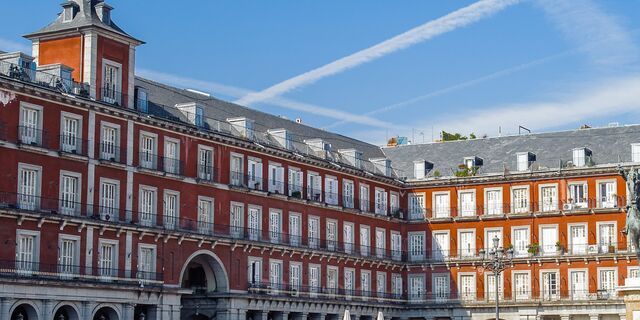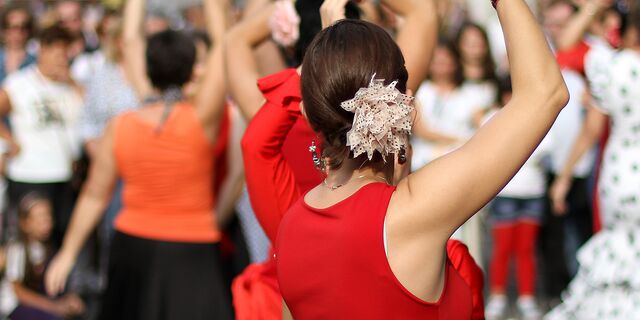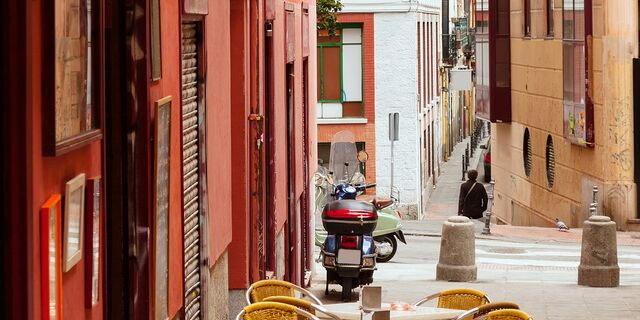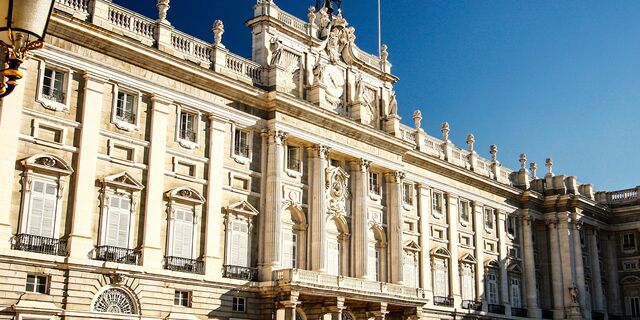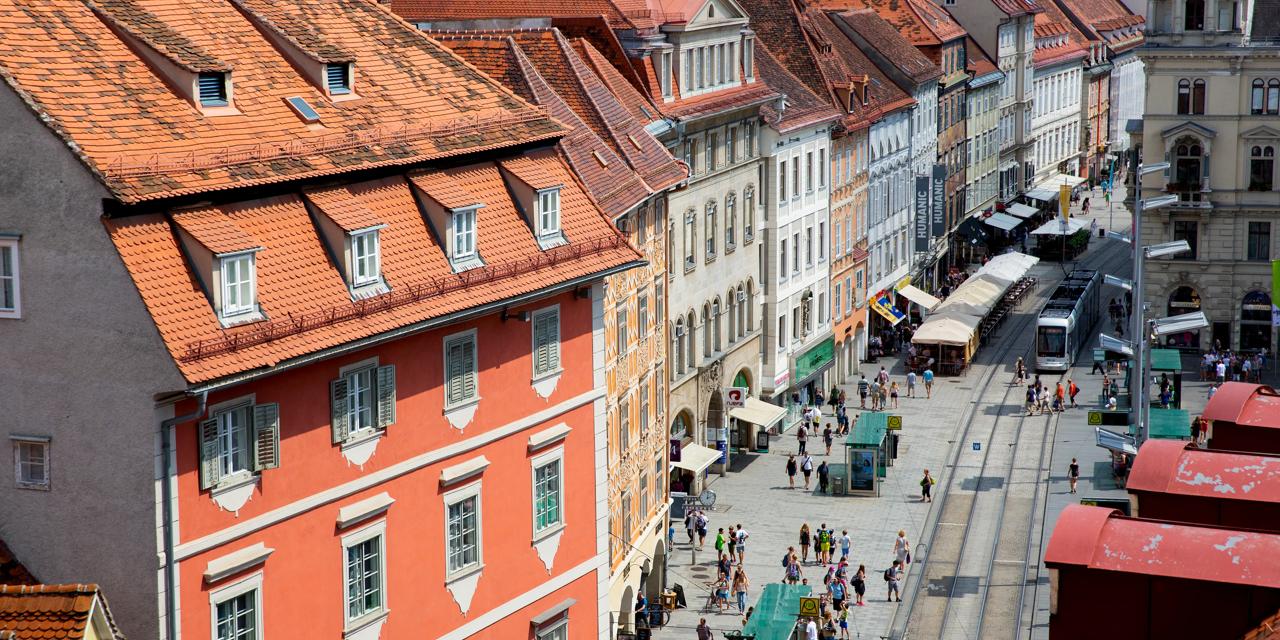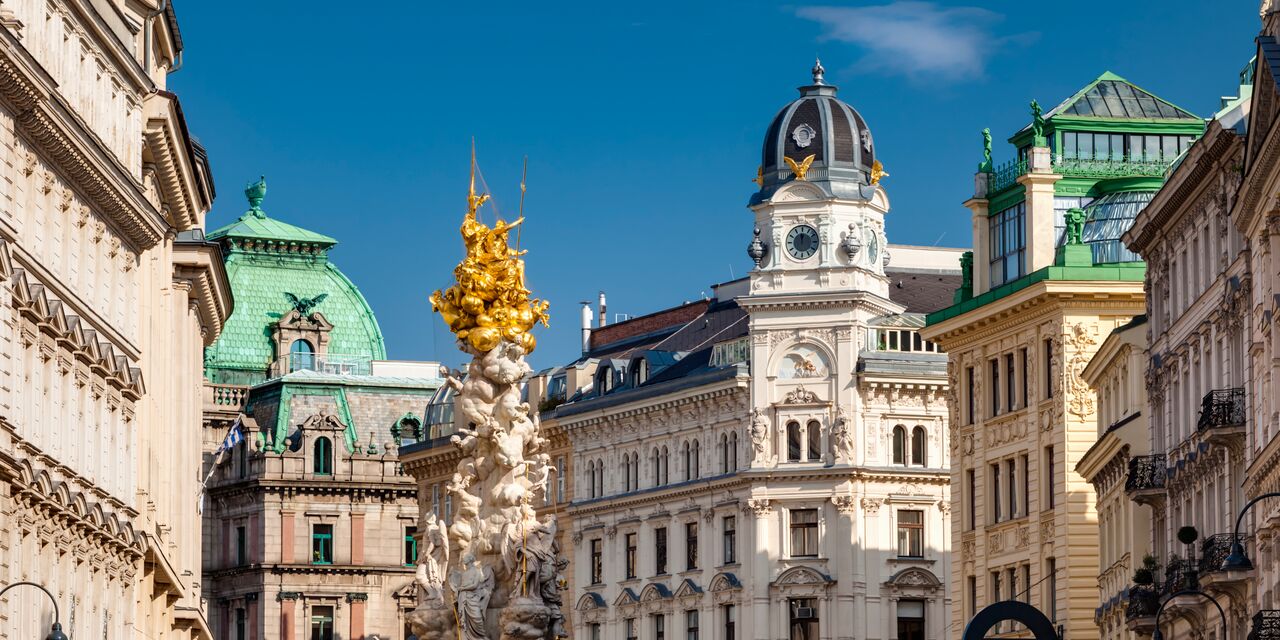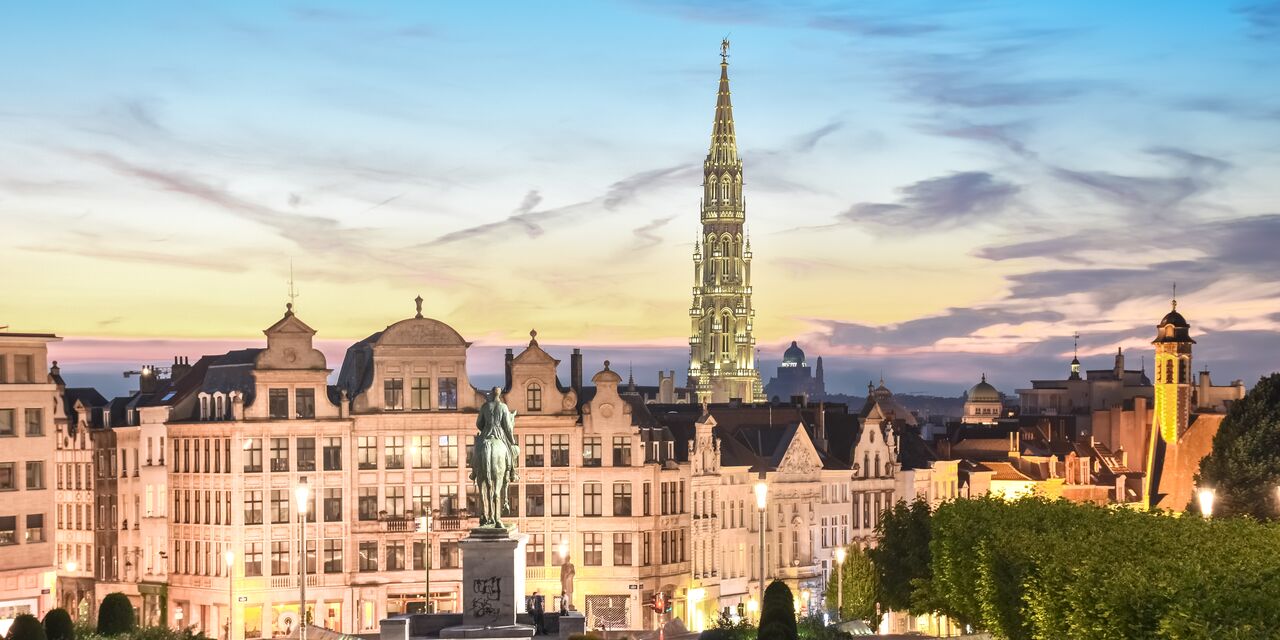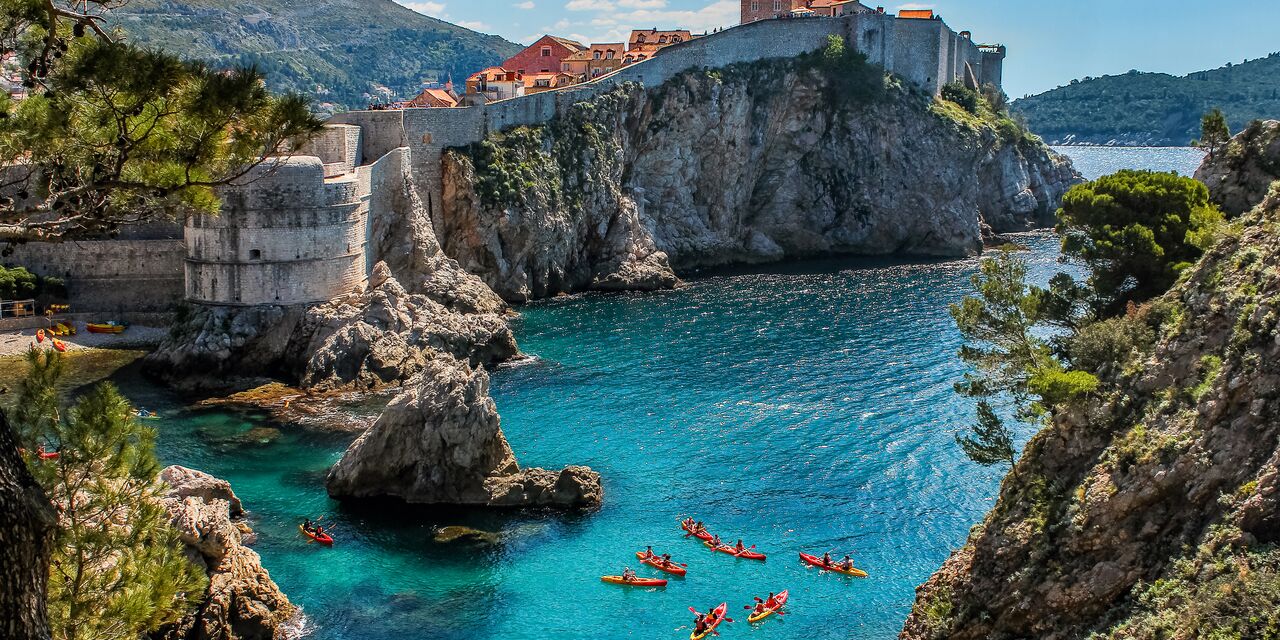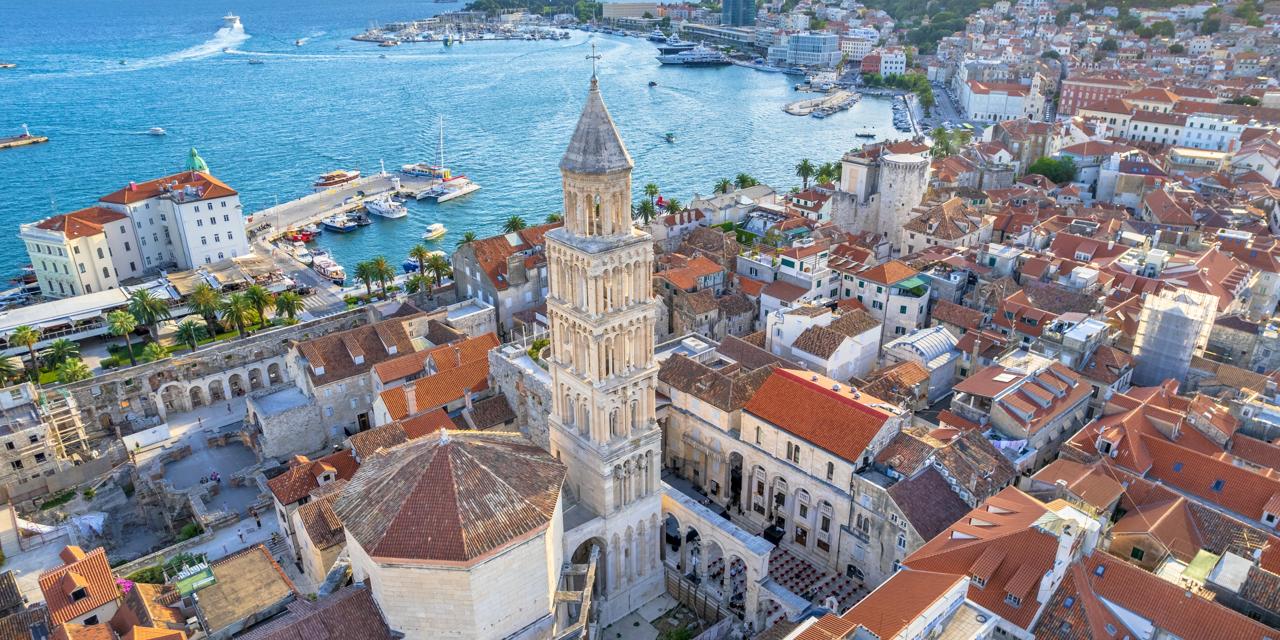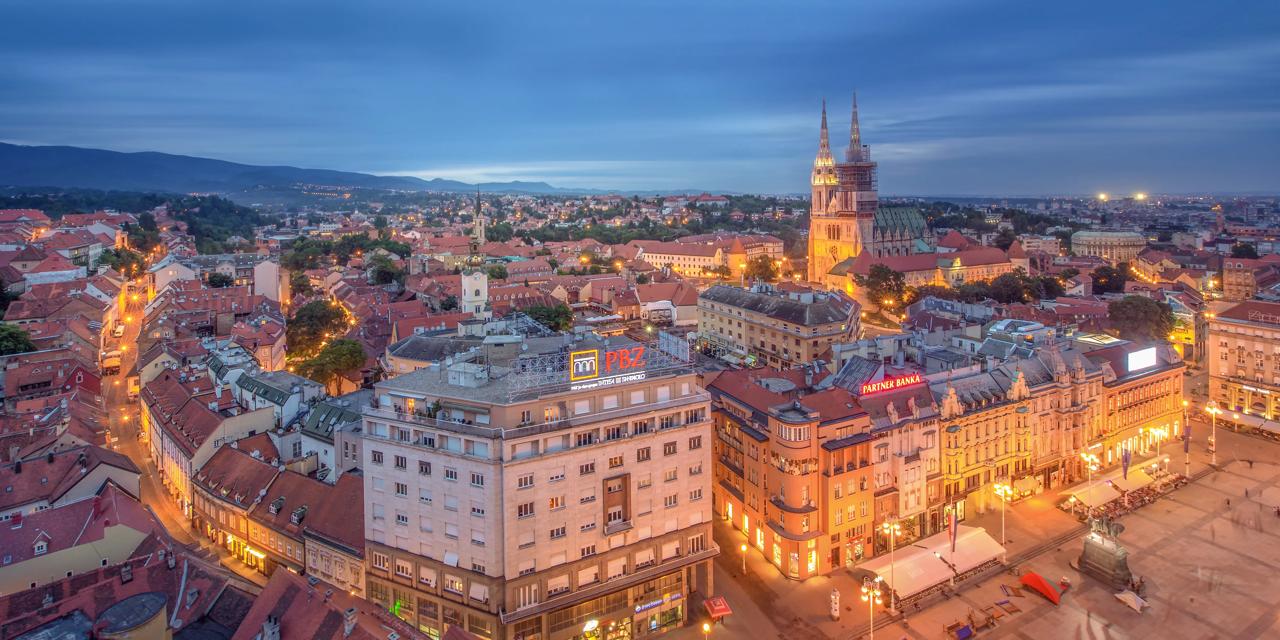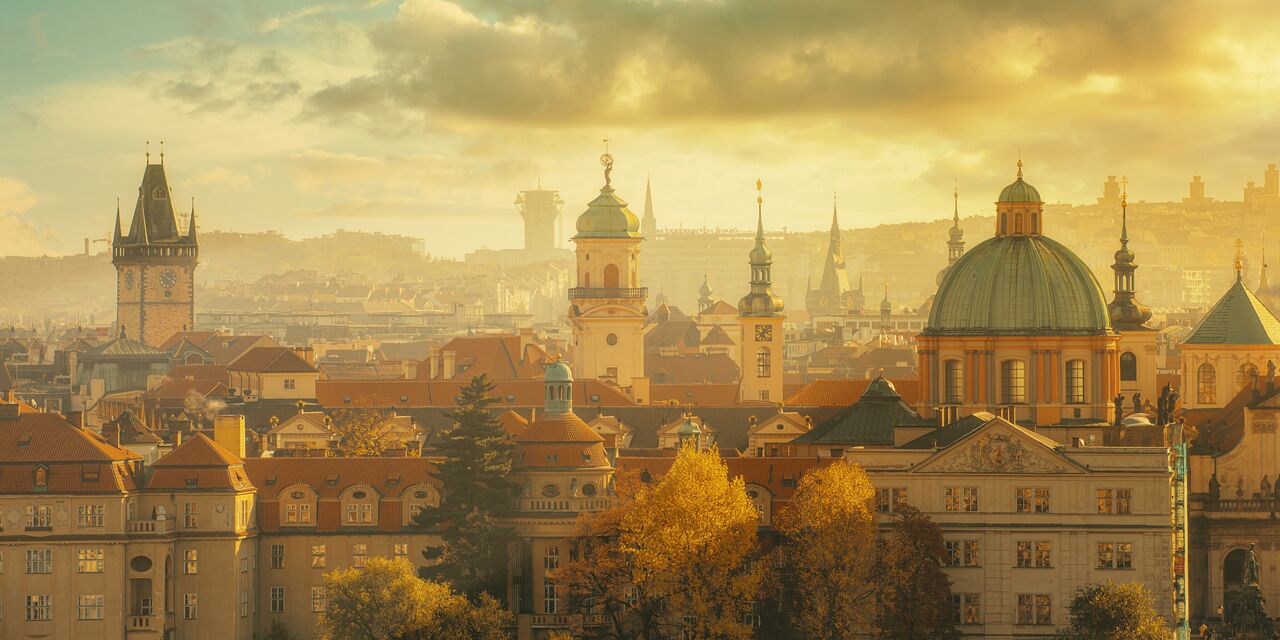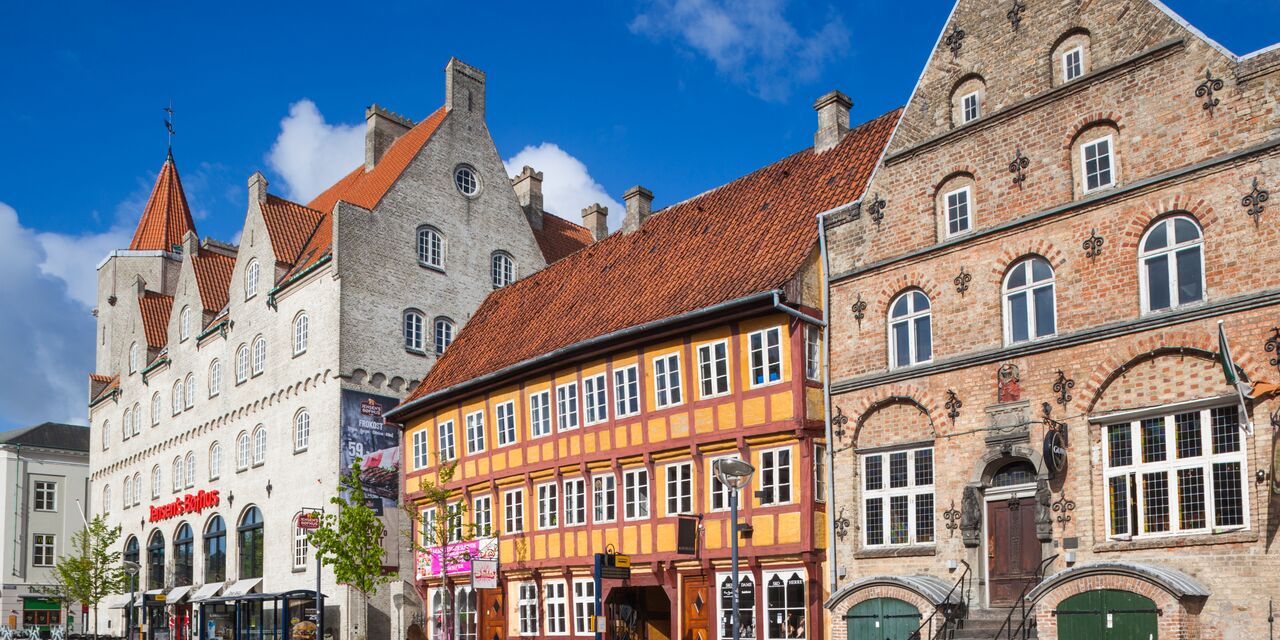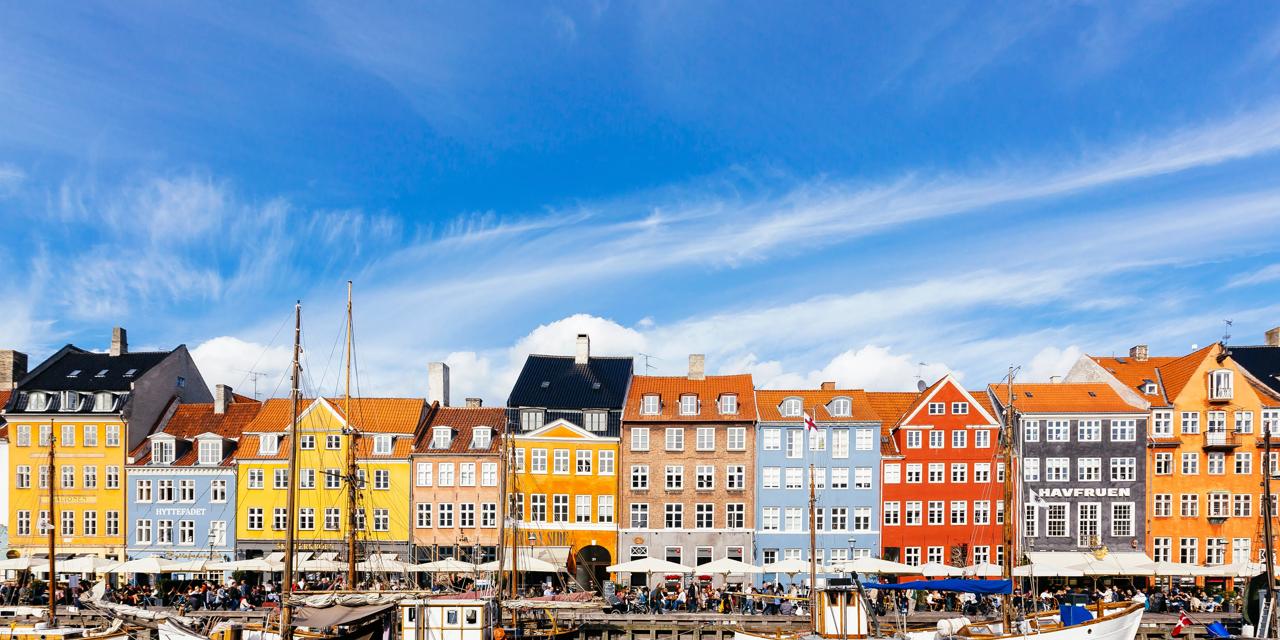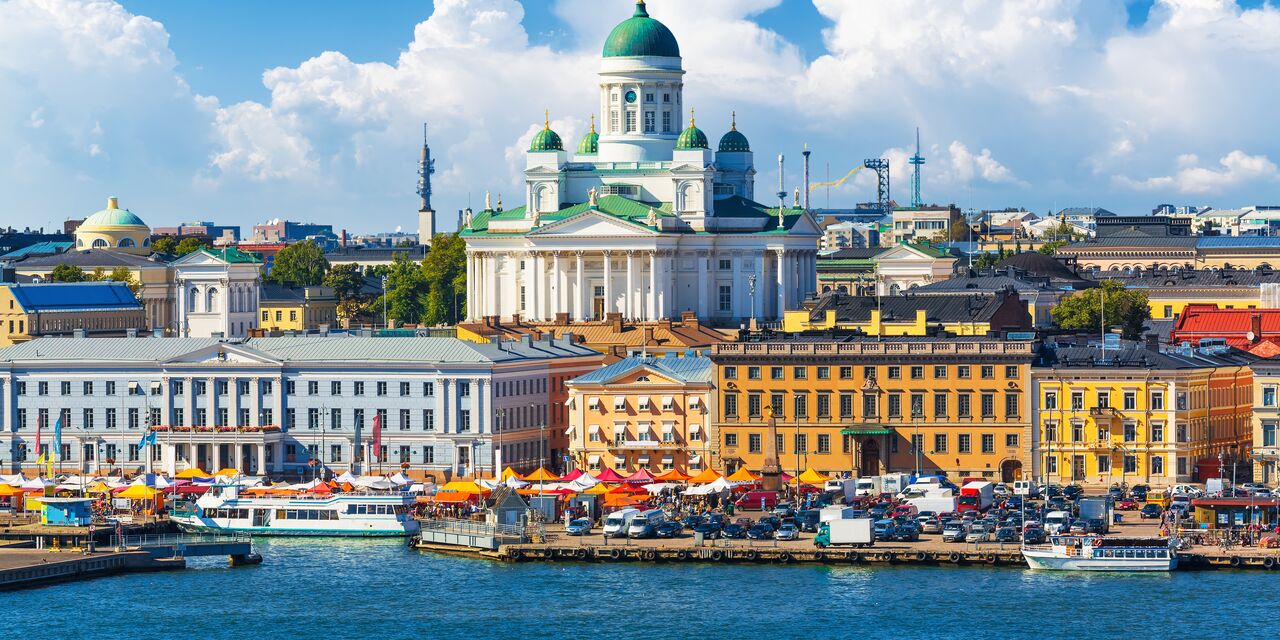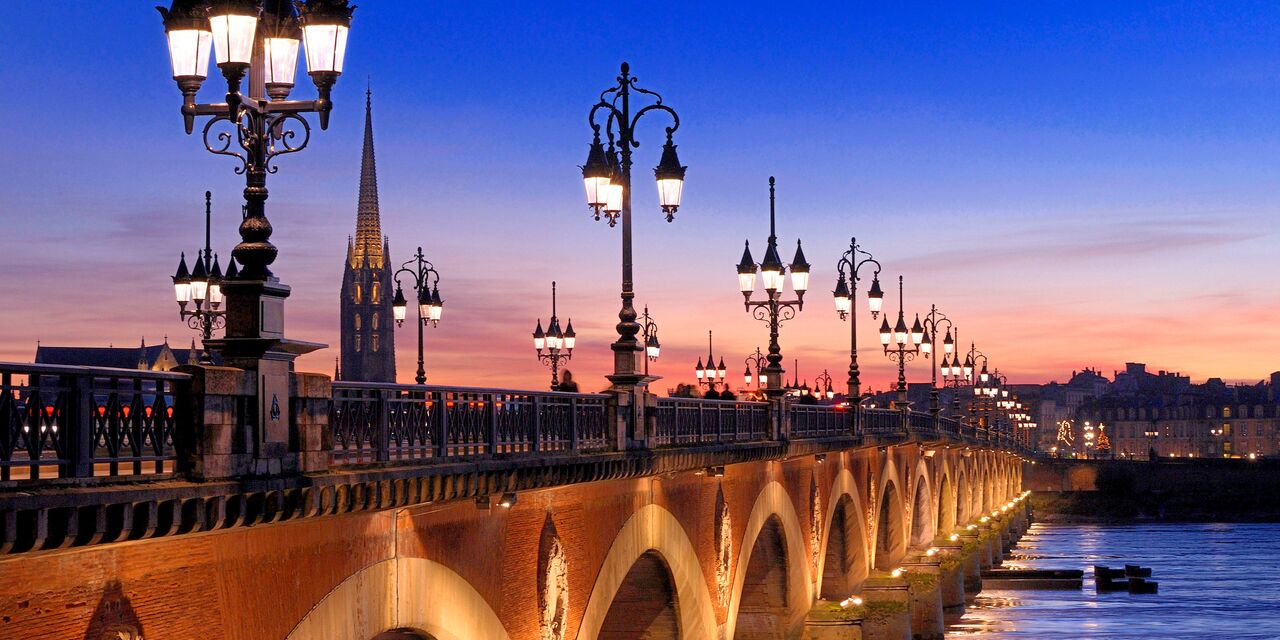Cultural revolution: La Movida Madrileña
'If you can still remember it, you weren’t actually there.' This Madrid expression can only refer to one event: the cultural revolution that erupted after the death of General Francisco Franco. After almost 4 decades of a ruthless dictatorship, Spain was finally free. The capital of Spain celebrated this freedom with spontaneous street parties that grew into a cultural movement. Madrid was changed forever by the ‘Movida Madrileña’ (literally ‘the Madrid movement’).
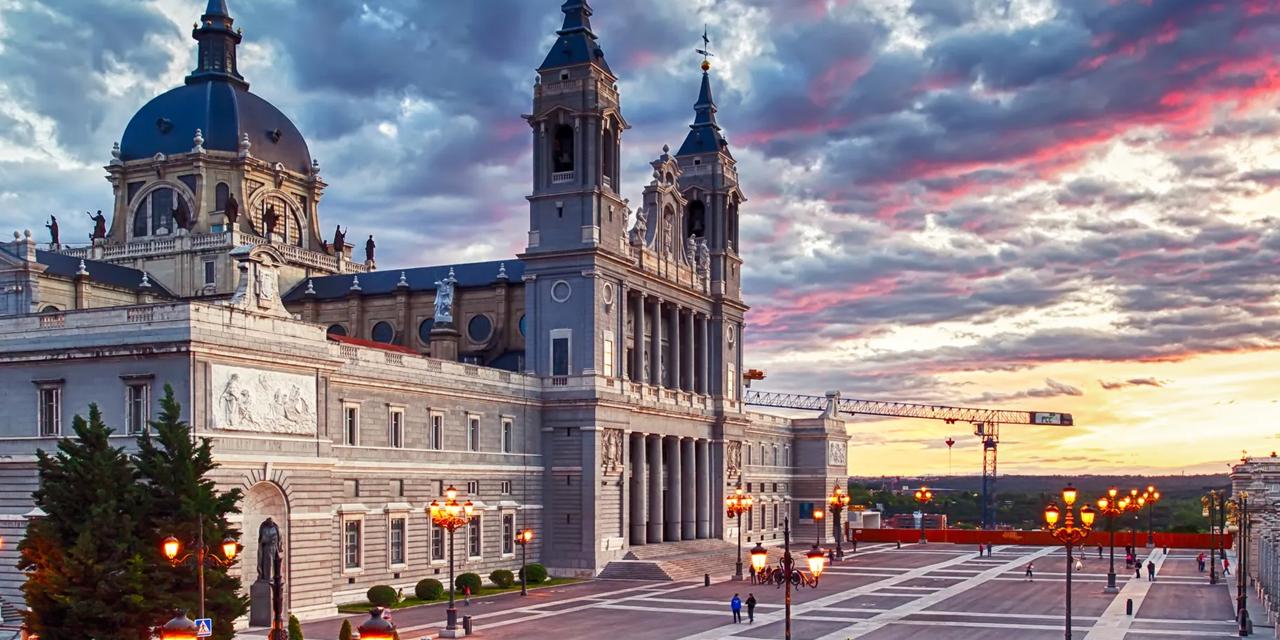
An explosion of freedom, creativity and hedonism
Spain quickly transitioned from a bloody dictatorship to a peaceful democracy. Especially the young people realised what they had been missing under Franco: the 1960s flower power movement had gone completely unnoticed in Spain. It was time to catch up fast. Madrid exploded with freedom, creativity and hedonism. Music, fashion, design, art, cinema and night life: everything changed. Under the watchful eye of progressive mayor Enrique Tierno Galván and led by libertine celebrity Pedro Almodóvar Madrid relaxed closing times, legalised drugs and subsidised new initiatives. Madrid was the place where anything and everything was possible. Wild parties in makeshift night clubs in Malasaña and Chueca consumed truck loads of alcohol and recreational drugs. Even today, Madrid's nightlife is known for its liveliness: the party begins at 6:00 pm on the streets, bars and clubs stay open until dawn and then there's always an after party somewhere. Exhausted party-goers often exclaim: ‘¡Madrid me mata!’ (Madrid is killing me).
The King of the Movida Madrileña
The most famous advocate of the Movida is film maker Pedro Almodóvar. His first feature films, Pepi, Luci, Bom y otras chicas del montón (1980) and Laberinto de pasiones (1982), sketch a hysterical, flamboyant and immoral – and often accurate – image of that turbulent period. Of course it was not only the Movida that shaped the reputation of modern Madrid: in the 16th century, King Philip II made the city Spain’s capital, a move that drove Madrid’s expansion. But Madrid’s movement 4 centuries later during the 1970s and 1980s, had at least as great an impact on life in the city.
Discover other destinations in Europe
*The displayed prices are for one adult. All amounts are in HUF. Taxes and surcharges are included. No booking fee is applicable. Prices shown may vary depending on fare availability.
The weather forecast information is provided by World Weather Online. Air France-KLM is not responsible for the reliability of this data.

